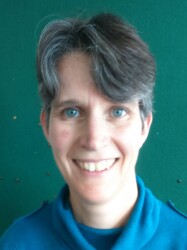BibTex format
@article{Choi:2021:10.1016/j.renene.2021.03.127,
author = {Choi, TH and Brindley, H and Ekins-Daukes, N and Escobar, R},
doi = {10.1016/j.renene.2021.03.127},
journal = {Renewable Energy},
pages = {1070--1086},
title = {Developing automated methods to estimate spectrally resolved direct normal irradiance for solar energy applications},
url = {http://dx.doi.org/10.1016/j.renene.2021.03.127},
volume = {173},
year = {2021}
}

